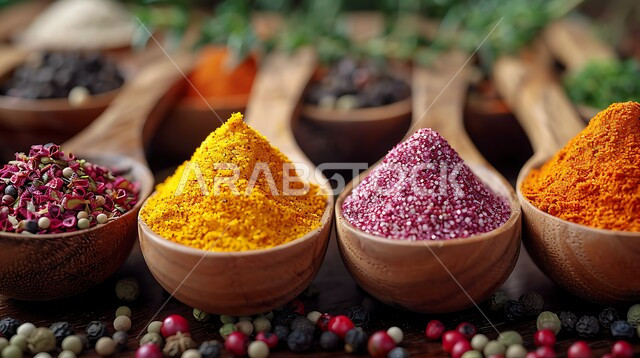In recent years, the global spice trade has witnessed a remarkable shift, with regional spice exporters increasingly asserting their presence on the global stage. This trend marks a departure from the dominance of traditional spice giants like India and Indonesia, as smaller, often overlooked regions emerge as significant players in the market. This phenomenon can be attributed to several key factors reshaping the dynamics of spice production, trade, and consumption worldwide. One of the primary drivers behind the rise of regional spice exporters is the growing demand for diverse and authentic flavors in international markets. Consumers today are more adventurous and discerning in their culinary preferences, seeking out unique tastes and experiences. This demand has created opportunities for lesser-known spice-producing regions to showcase their distinctive offerings, which often boast flavors and aromas that cannot be replicated elsewhere.

Furthermore, advancements in agricultural practices and technology have empowered these regional exporters to enhance the quality and consistency of their spice production. Improved irrigation techniques, sustainable farming methods, and better post-harvest handling have contributed to higher yields and superior product quality. As a result, spices from regions such as Ethiopia, Vietnam, and Guatemala are gaining recognition for their freshness, purity, and robust flavors, appealing to both gourmet chefs and everyday consumers alike. The geographical diversity of these emerging spice exporters also plays a crucial role in their ascent on the global market. While traditional spice-producing countries like India and Indonesia remain vital suppliers, smaller regions offer distinct advantages. For instance, countries in East Africa benefit from ideal climate conditions for growing certain spices, while Central American nations capitalize on their rich volcanic soils that impart unique flavors to crops like cardamom and chili peppers. Such natural advantages enable these regions to cultivate spices of exceptional quality and distinct flavor profiles, catering to niche markets seeking authenticity and premium products.
Moreover, the rise of regional spice exporters reflects broader shifts in global trade patterns and consumer preferences. As awareness of sustainability and fair trade practices grows, buyers are increasingly drawn to spices sourced from regions with transparent and ethical production methods. Many of these smaller exporters prioritize environmentally friendly farming practices and equitable partnerships with local growers, resonating with conscientious consumers who value sustainability and social responsibility. The digital age has also played a pivotal role in leveling the playing field for regional Rota das Índias spice exporters. Online platforms and e-commerce channels have provided these producers with unprecedented access to global markets, bypassing traditional trade barriers and connecting directly with international buyers. This direct access not only facilitates greater market reach but also allows for real-time feedback and adaptation to consumer trends, ensuring agility and competitiveness in the fast-paced global spice trade landscape.